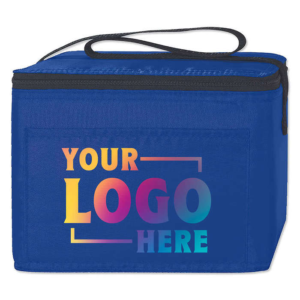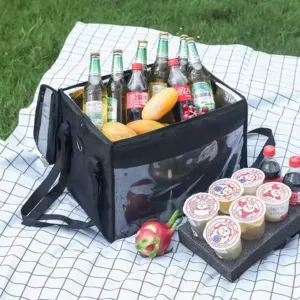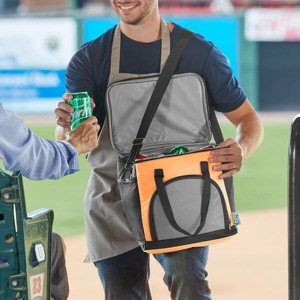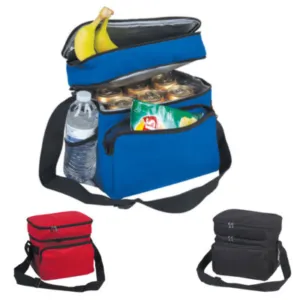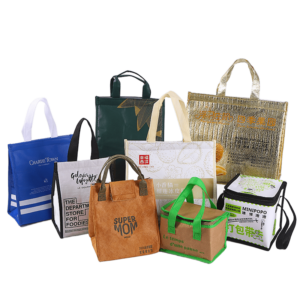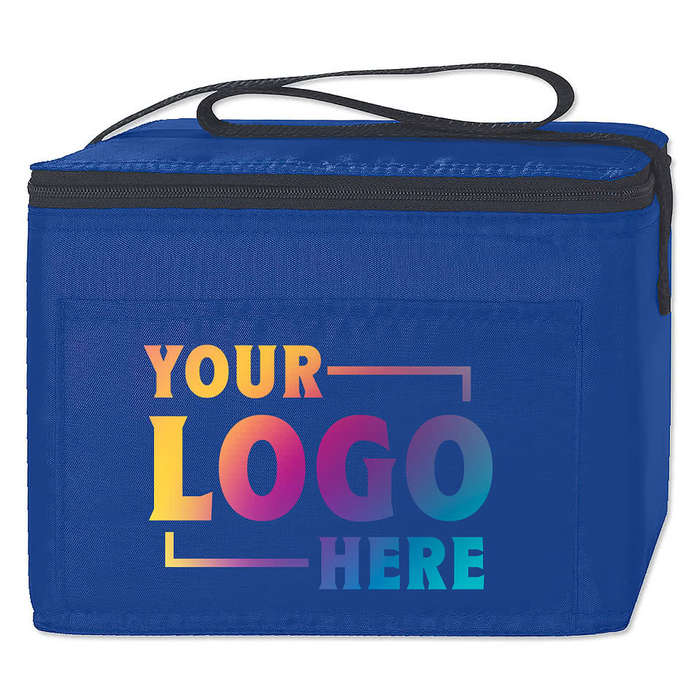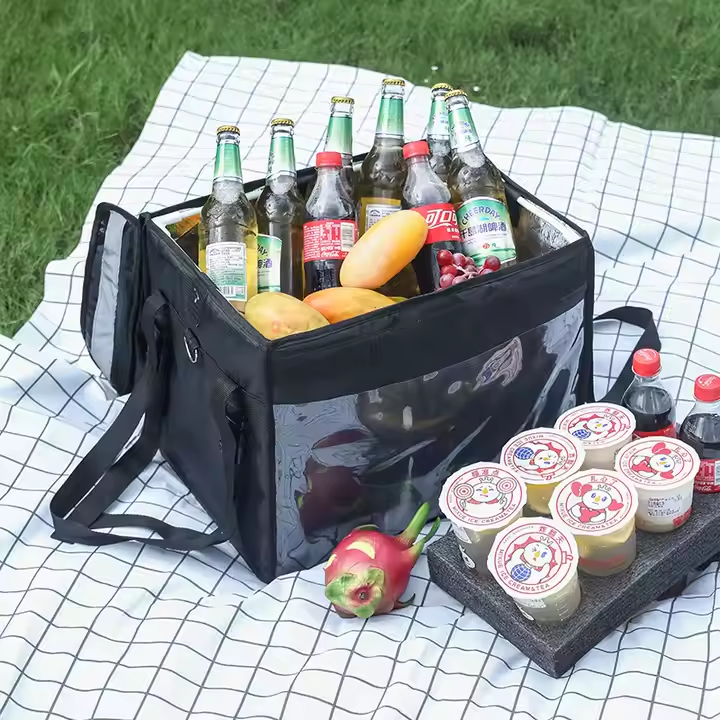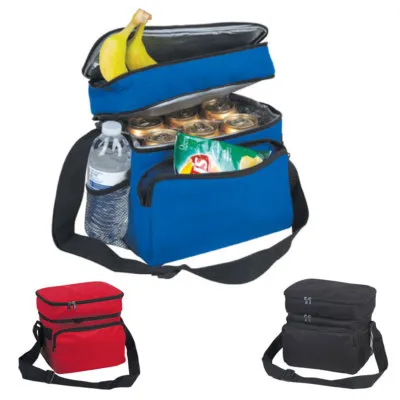This article provides a comprehensive lifecycle cost analysis1 comparing disposable and reusable cooler bags2. Using objective cost categories and usage data, it highlights the trade-offs businesses and consumers must evaluate when choosing between short-term affordability and long-term value.
Lifecycle Cost Analysis: Disposable vs. Reusable Cooler Bags
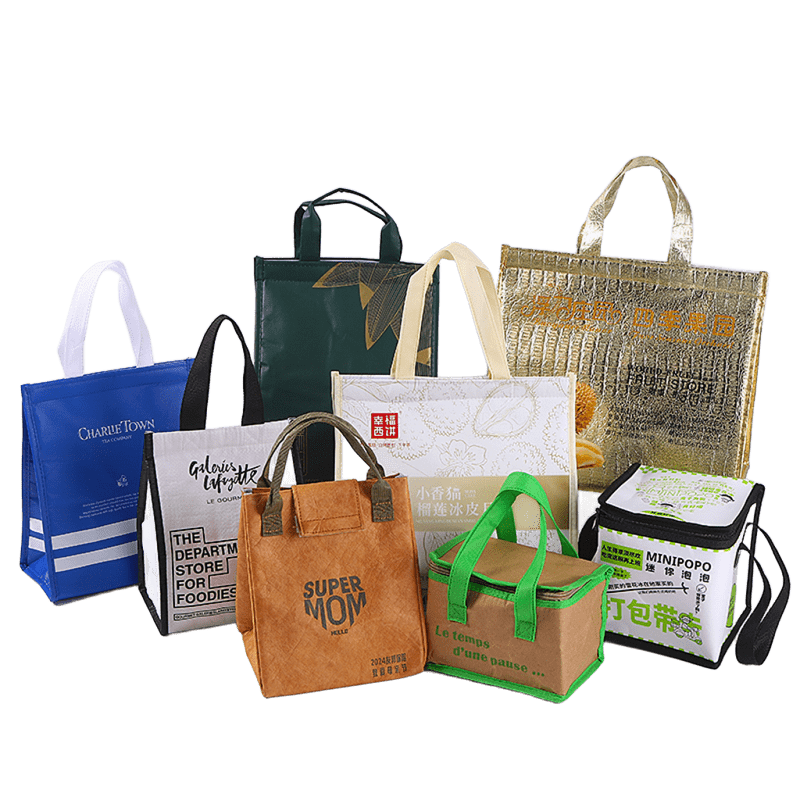
Reusable cooler bags, while costlier upfront, have significantly lower total lifecycle costs compared to disposable alternatives when used regularly.
Understanding the total cost of ownership helps businesses and institutions make informed decisions on procurement and sustainability.
1. Purchase and Acquisition Cost
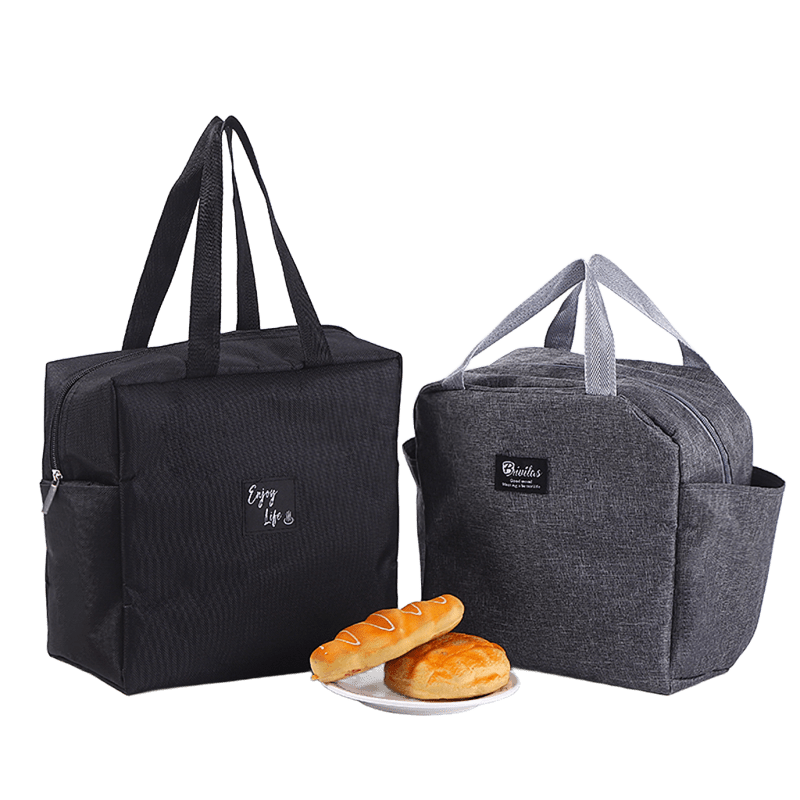
High vs. Low Entry Costs
Acquisition Cost Breakdown
| Bag Type | Cost Per Unit | Typical Volume Discounts |
|---|---|---|
| Disposable | $0.10–$0.50 | Yes (bulk orders) |
| Reusable | $0.99–$3.00+ | Yes (custom print options) |
Reusable bags cost more per unit but their cost can be justified through volume use. Disposable bags, while cheaper per unit, become costly when bought repeatedly. Reusable bags are often made with durable materials and support logo customization, which adds promotional value. Buyers purchasing for frequent use, such as retailers and food service providers, benefit most from spreading the cost over many uses.
2. Materials and Production Value
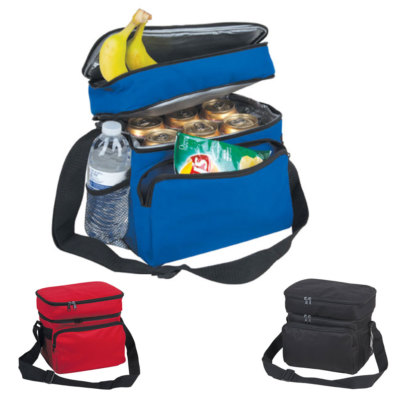
Initial Build Quality Impacts Long-Term Cost
Materials Comparison
| Bag Type | Common Materials | Environmental Durability |
|---|---|---|
| Disposable | Thin plastic, low-gauge film | Poor (single use only) |
| Reusable | PP woven, RPET, non-woven fabric | Excellent (50–700 uses) |
Reusable bags are made from more robust, environmentally resilient materials. These bags withstand multiple uses, heavy loads, and exposure to elements. Though this raises their initial cost, it dramatically reduces per-use cost over time. Institutions focused on sustainability benefit from these durable construction features, especially in high-use environments.
3. Usage Frequency and Durability
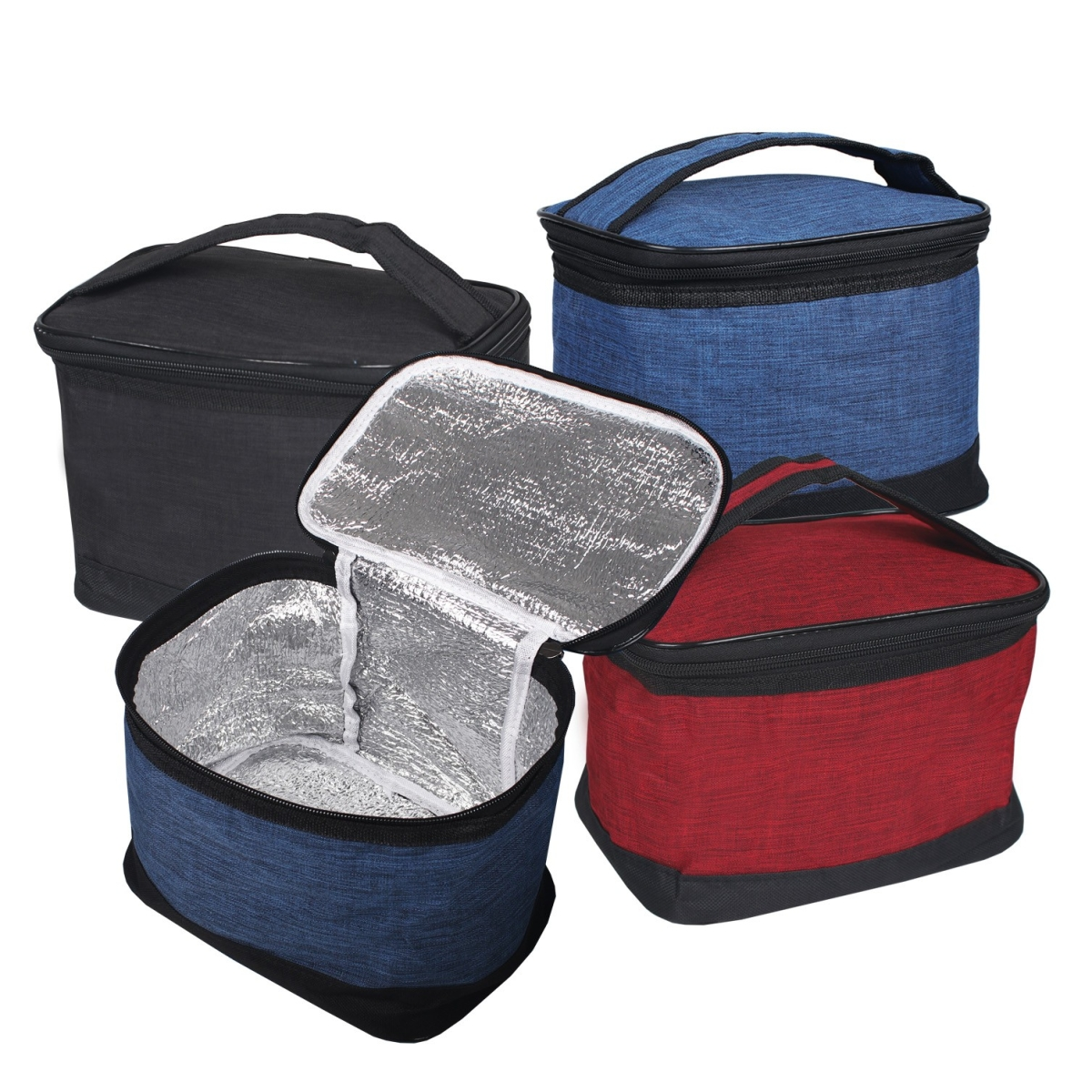
One Use vs. Hundreds of Uses
Longevity Table
| Bag Type | Designed Uses | Failure Rate After 50 Uses |
|---|---|---|
| Disposable | 1 (single-use) | 100% |
| Reusable | 50–700+ | <5% (if maintained) |
The longer a reusable bag lasts, the more cost-effective3 it becomes. For example, if a $2 bag lasts for 200 uses, the per-use cost is just 1 cent. Disposable bags cost $0.20 or more per use, and each new use requires a new purchase. Businesses that encourage reuse can realize major savings over time.
4. Cleaning and Maintenance
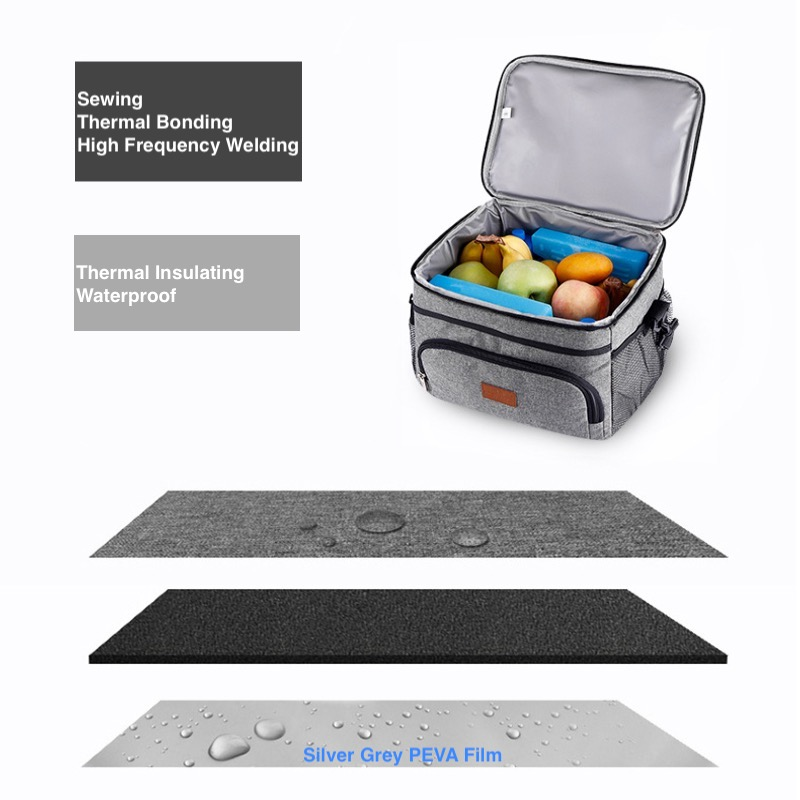
Minimal Cleaning vs. Ongoing Care
Maintenance Requirements
| Bag Type | Cleaning Needed? | Typical Cleaning Cost/Use |
|---|---|---|
| Disposable | No (discarded) | $0.00 |
| Reusable | Yes (optional) | $0.01–$0.05 |
While reusable bags do require occasional cleaning to prevent contamination or odor, the cost is negligible. A simple rinse or wipe down is enough in most cases. For institutional users such as supermarkets or hospitals, centralized cleaning processes can lower ongoing maintenance costs further.
5. End-of-Life Disposal
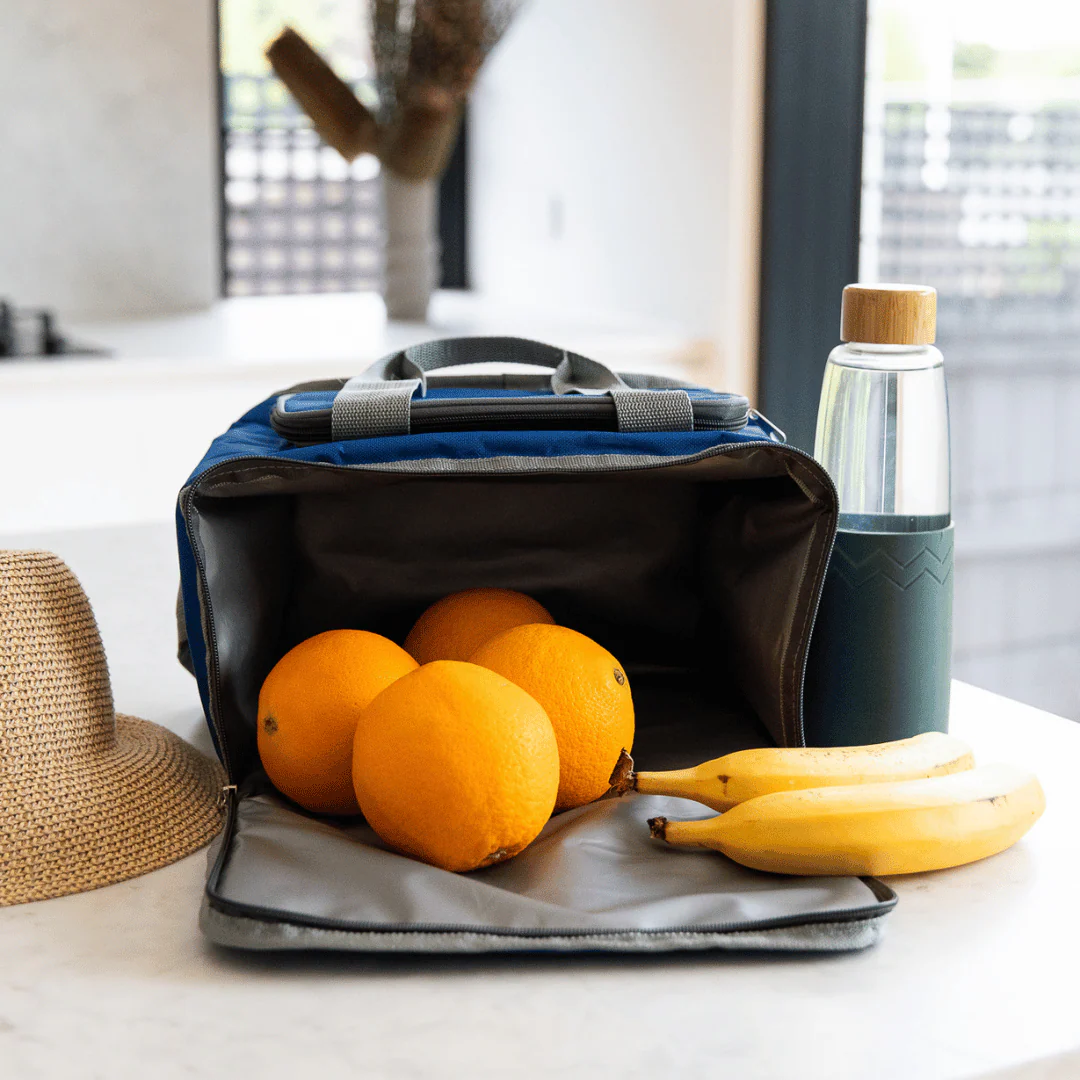
Waste Impact and Disposal Costs
Disposal Comparison
| Bag Type | Waste Type | Recycling Option | Disposal Cost (High Volume) |
|---|---|---|---|
| Disposable | Landfill waste | Rare | High |
| Reusable | Less frequent | Often recyclable | Low |
Disposable bags create significantly more waste, which drives up disposal costs. For institutions handling large volumes (e.g., supermarkets, delivery chains), the difference becomes especially stark. Reusable bags can be recycled depending on the material, which reduces environmental burden and associated waste fees.
6. Total Lifetime Cost Analysis
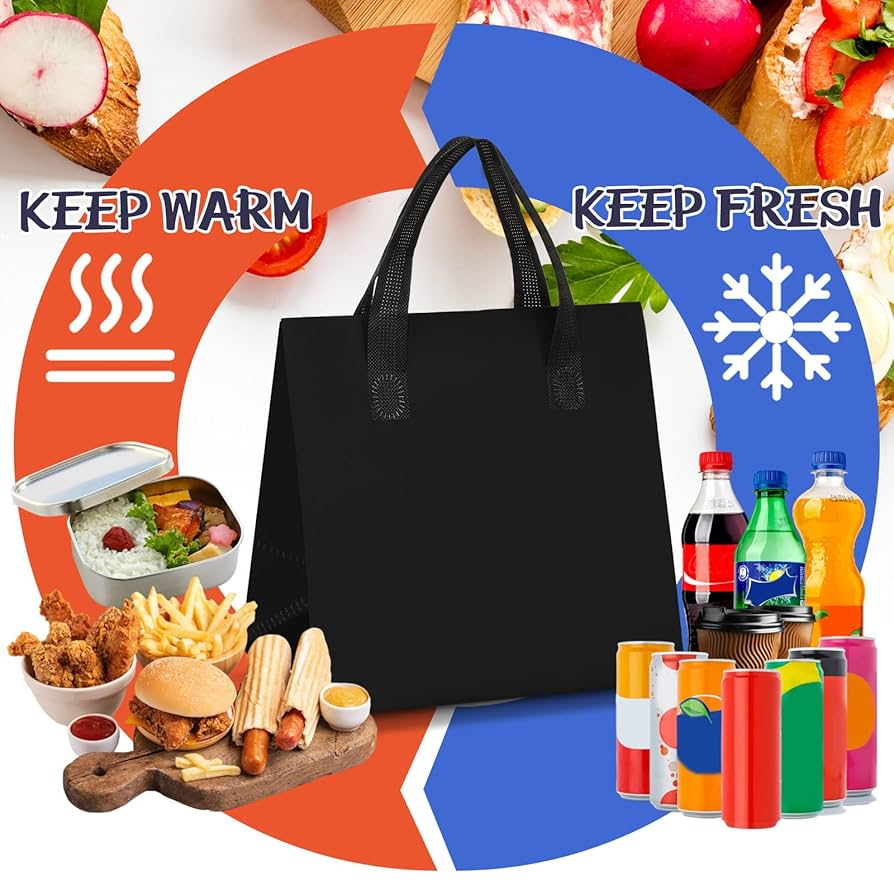
True Cost Is More Than the Sticker Price
Cost Over Time
| Bag Type | Cost for 100 Uses | Disposal Included | Cleaning Included |
|---|---|---|---|
| Disposable | $10–$50 | Yes | N/A |
| Reusable | $2–$6 | Yes | Yes |
Over 100 uses, the cost difference is clear. Even accounting for minor cleaning and disposal, reusable bags cost less. This makes them more suitable for businesses aiming for long-term savings. For example, a grocery chain replacing disposables with reusables could save thousands of dollars annually per store.
Conclusion
Reusable cooler bags significantly outperform disposable alternatives when evaluated over a full lifecycle. Their higher upfront cost is offset by durability, lower per-use cost, and environmental savings. In my experience working with B2B clients, businesses that switch to reusable models not only save money but also build stronger eco-friendly reputations.
We encourage you to consider your usage frequency4 and needs before making a decision. Do you use bags daily or only once a month? Share your thoughts or your business’s approach in the comments below.
-
Understanding lifecycle cost analysis can help businesses make informed decisions about their procurement strategies. ↩
-
Discover the advantages of reusable cooler bags and how they can save money and reduce waste over time. ↩
-
Learn what characteristics contribute to a product's cost-effectiveness to maximize your investment. ↩
-
Understanding usage frequency can help you determine the most cost-effective options for your needs. ↩


